Key Takeaways
- Fans saved Star Trek from cancelation, leading to The Animated Series and the first film.
- Paramount wanted to exclude Roddenberry from The Next Generation (TNG), but eventually brought him back.
- Despite initial strict rules, Roddenberry’s TNG constraints were eventually broken for better storylines.
When Star Trek: The Original Series (TOS) was canceled in 1969, fans of the show thought they might never see the crew of the Enterprise again. But the fans themselves made sure that didn’t happen. The series was so popular in syndication that Paramount developed a second Star Trek series: Star Trek: The Animated Series (TAS). Though TAS only lasted a season and a half, the continued interest in Star Trek led to the development of a second live action show. This eventually turned into the first Star Trek film, Star Trek: The Motion Picture.
As the 20th anniversary of the show’s premiere approached in 1986, Paramount decided to launch a brand-new Star Trek series. According to Star Trek: The Next Generation — The Continuing Mission, Paramount wanted to develop the new show without Gene Roddenberry, the creator of the franchise, at the helm. The studio had always struggled to work with Roddenberry, who was highly protective of his creative vision and whose personal lawyer was best described as a ruthless shark. After much deliberation, the studio decided that it was impossible to make Star Trek without Roddenberry. So they brought him onboard for the new series, which would become Star Trek: The Next Generation (TNG).
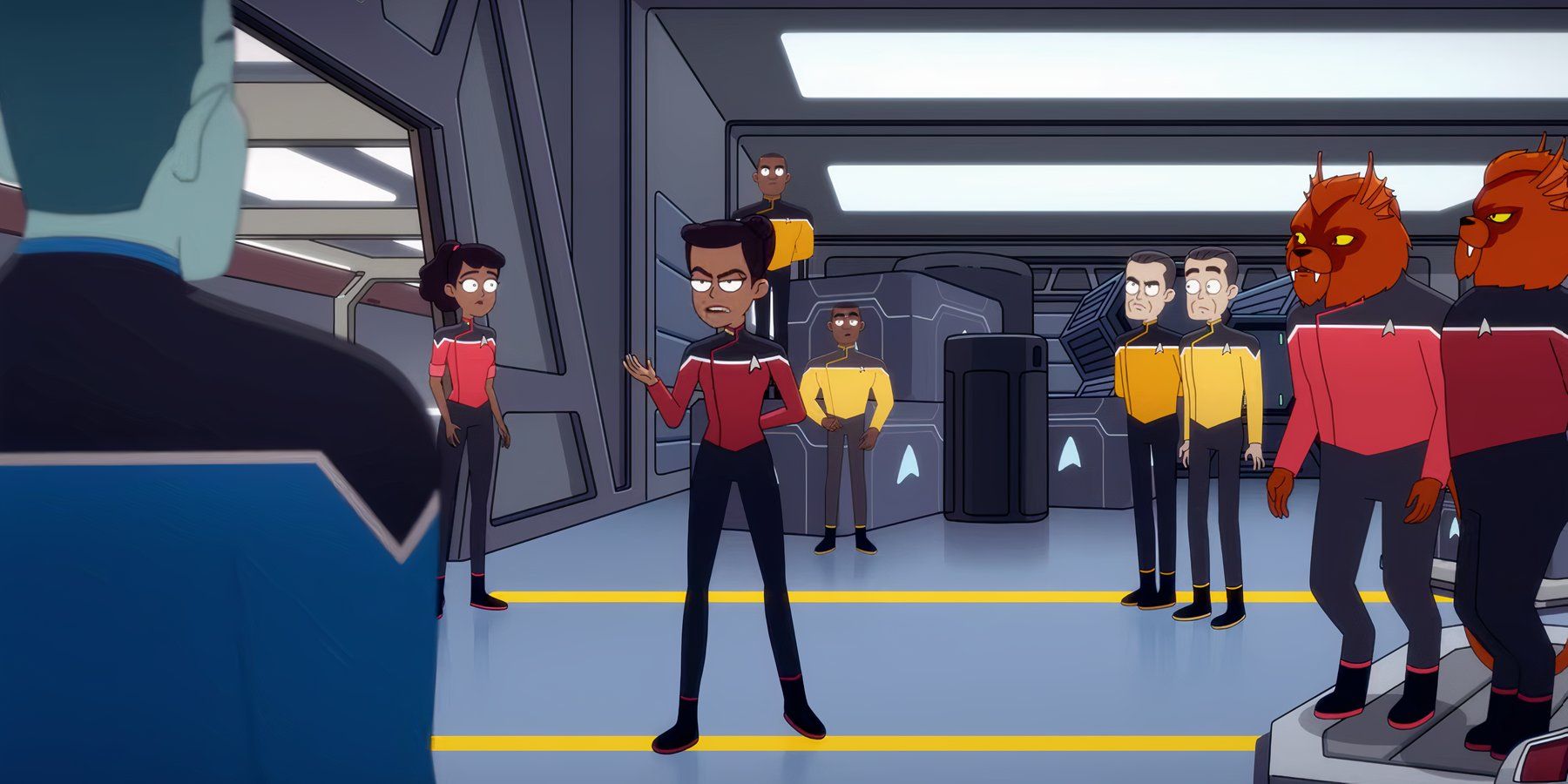
Related
Star Trek: Lower Decks Season 5 Takes a Subtle Dig at One of Roddenberry’s Golden Rules
This one-liner in the Lower Decks season 5 premiere is a deep cut that only hardcore fans of the franchise will catch.
Roddenberry’s Rules
True to form, Roddenberry took creative control of the new show as soon as the ink dried on his contract. To ensure that the new show would implement his vision to his high standards, Roddenberry brought on several of his loyal writers from TOS to help develop the show.
When the Writer’s Guide for Star Trek: The Next Generation was complete, it included multiple pages of rules about what wasn’t allowed on the show, a list that was informally dubbed Roddenberry’s Rules. Several writers who worked on TNG said that any script that didn’t follow Roddenberry’s Rules was immediately rejected, regardless of its quality. This led to many conflicts in the writer’s room, especially because even Roddenberry’s most loyal writers didn’t agree with some of his rules for the show.
As it turns out, there were good reasons for the disagreements. If the writers had followed all of Roddenberry’s rules to the letter, some of the most beloved episodes of TNG wouldn’t exist.
Rule #1: No TOS Characters or Their Descendants
One of the things Roddenberry was particularly insistent about was not including characters from The Original Series. The TNG‘s Writer’s Guide states:
As much as we love our original cast […] we need our audience’s attention centered on our new characters.
Roddenberry believed that guest appearances by the original characters would overshadow TNG’s characters, and he was sure this would doom the new series. This belief was not unfounded. Trekkies had already made it clear they weren’t happy about a new Star Trek with a different set of characters. They were so unhappy, that when news of the new show leaked, they actually picketed at Paramount Studios. Trek fans are nothing if not dedicated. So, all the familiar faces from TOS were banned from TNG’s stories — though Roddenberry broke his own rule in TNG’s very first episode when Dr. Leonard “Bones” McCoy made a cameo.
Avoiding TOS superstars may have been necessary in the early seasons, when Trekkies were meeting and learning to love the new characters. But it didn’t make sense when the show was established. Luckily, the writers realized that and started writing cameos for the most beloved TOS characters. If they hadn’t, fans never would have gotten the excellent episodes “Sarek,” “Unification Parts 1 & 2,” and “Relics.”
Rule #2: No Vulcans
In the same spirit as the ban on TOS characters, this Roddenberry Rule was codified with one very clear statement:
We are determined not to copy ourselves and believe there must be other interesting aliens in a galaxy filled with billions of stars and planets.
The sentiment is correct; no arguing that point. By not relying on stories featuring Vulcans, the writers of TNG were forced to envision some amazing new species. To date, over 300 alien species have been seen or mentioned in the franchise. But this would have happened even with some Vulcan-centered episodes in the mix. And apparently, the tenet of “no copying ourselves” only applied to characters, because several early episodes of TNG were remixes of TOS episodes.
The TNG writers did follow this rule pretty well, and TNG is the Star Trek show with the fewest Vulcans. But they did break the rule for the aforementioned “Sarek” and “Unification Parts 1 & 2,” and fans are glad they did.
Rule #3: No Conflict With the Klingons or the Romulans
Roddenberry didn’t outright ban Klingons and Romulans from TNG as he did with Vulcans, but he did insist that writers steer clear of stories about the Federation’s conflicts with these species. Though this prohibition was partially motivated by not relying on the same concepts as TOS, it was more motivated by Roddenberry’s idealistic vision of the 24th century. He believed that by then, 100 years after the first crew of the Enterprise, the Federation wouldn’t engage in large-scale conflict with an entire species, especially ones as familiar as the Klingons and the Romulans.
However, the writers broke this rule pretty early on, at least for one of these species. Since the Klingons were allied with the Federation in the 24th century and there was a Klingon on the bridge of the Enterprise-D, the Klingons couldn’t be major antagonists in TNG. But the Romulans could, and they make such good villains. So, the ban on conflict with the Romulans was lifted by the end of TNG’s first season.
By the third season, the ban on conflict with the Klingons was abandoned as well. Though they remained allies of the Federation, several incredible episodes featured tense encounters with the Klingons, which hinted that peace was precarious.
The list of episodes that would have been excluded from TNG if this rule was followed is immense. A few of the best include “A Matter Of Honor,” “Redemption, Parts 1 & 2,” “Birthright, Parts 1 & 2,” “The Mind’s Eye,” “The Defector,” and “Face Of The Enemy.”
Rule #4: Follow the Prime Directive
Roddenberry was adamant that Starfleet should avoid interfering with the natural development of species and cultures on other worlds. This guideline was mentioned, but rarely followed, in TOS. In TNG, though, Roddenberry was insistent it should be upheld. He was so insistent, in fact, that the in-universe rule formerly known as General Order One became the Prime Directive.
However, the minds behind TNG soon discovered that forcing the crew of the Enterprise to decide whether to obey the Prime Directive made for compelling stories. Should the crew obey the Prime Directive if it meant letting an entire planet be destroyed? Should they violate it to prevent genocide? By the second season, the Prime Directive was a frequent source of dramatic tension in TNG episodes, and Captain Picard made the decision to violate it on a surprisingly frequent basis.
The writers made the right decision by breaking this Roddenberry Rule. If they hadn’t, fans would have missed excellent episodes like “Pen Pals,” “Who Watches the Watchers,” and “Homeward.”
Though Roddenberry had solid justifications for most of his strict rules about what wasn’t allowed in TNG, the writers eventually proved that most of them could be broken without harming the success of the show. And in the end, fans benefited from that decision.
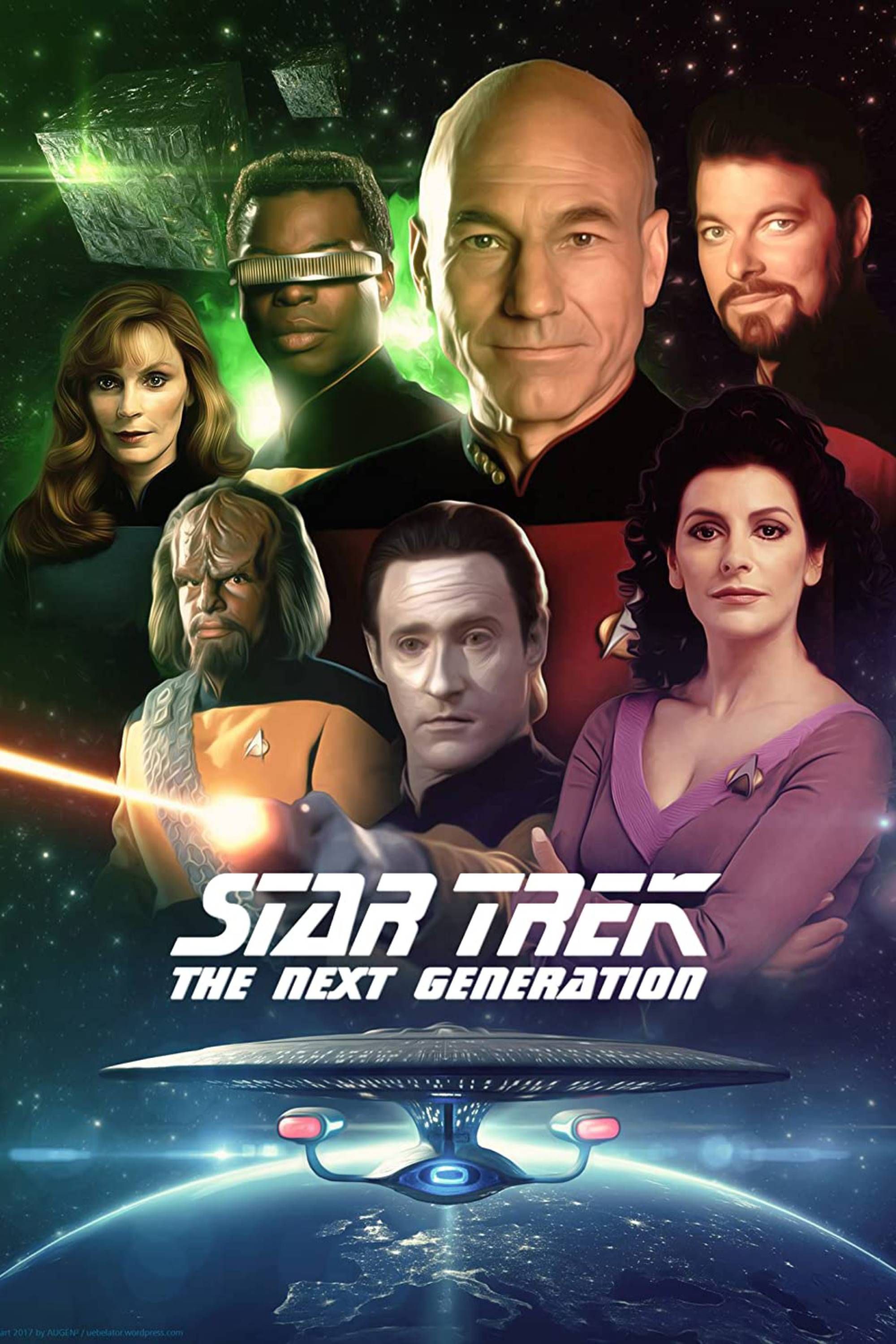
Star Trek: The Next Generation
- Release Date
- September 28, 1987
- Cast
- Patrick Stewart , Jonathan Frakes , Brent Spiner , Gates McFadden , Denise Crosby , Michael Dorn , Marina Sirtis , Wil Wheaton , LeVar Burton , Whoopi Goldberg
- Seasons
- 7
- Creator
- Gene Roddenberry
- Number of Episodes
- 178
Sources: Writer’s Guide for Star Trek: The Next Generation, Star Trek: The Next Generation — The Continuing Mission
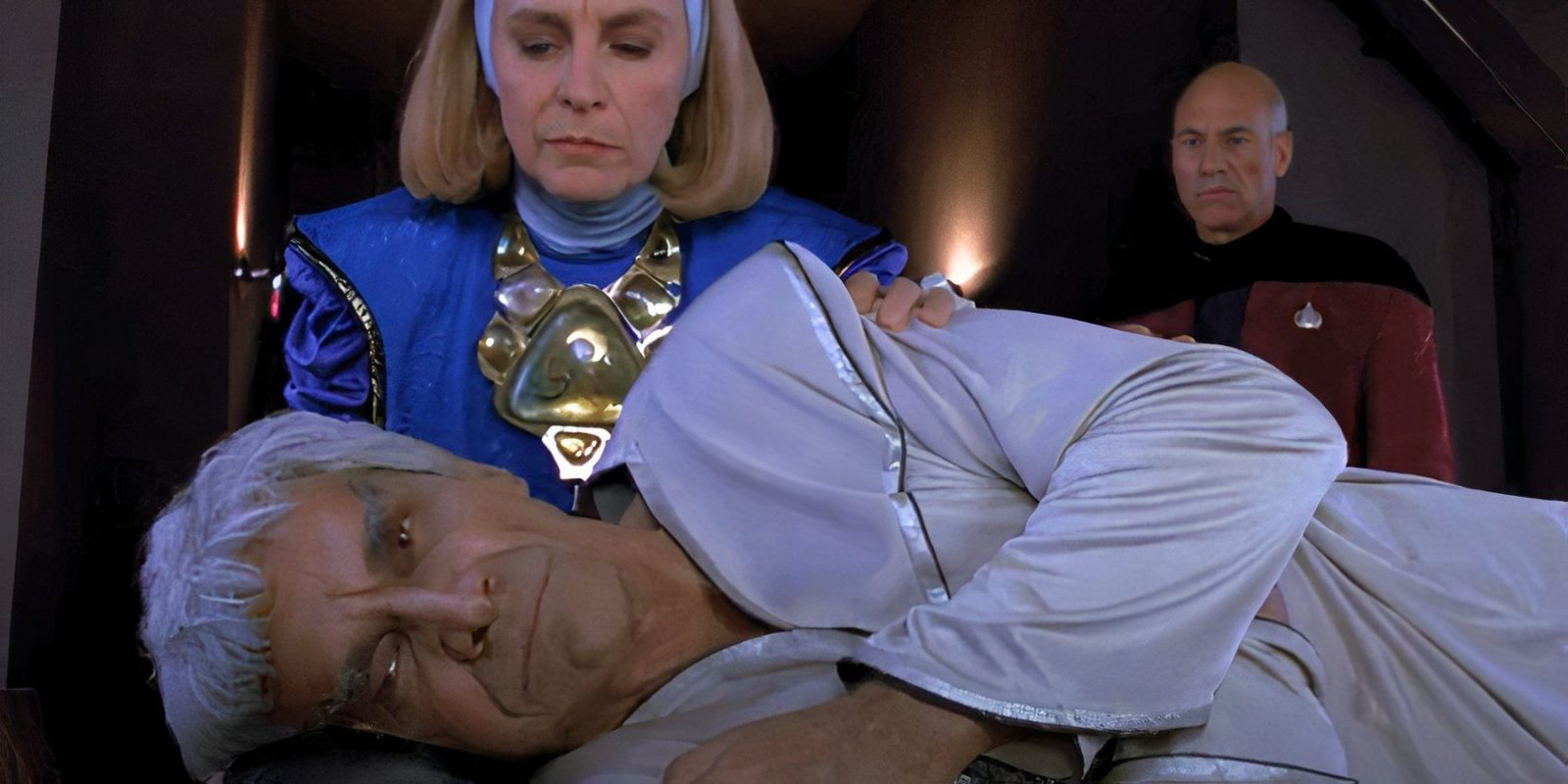

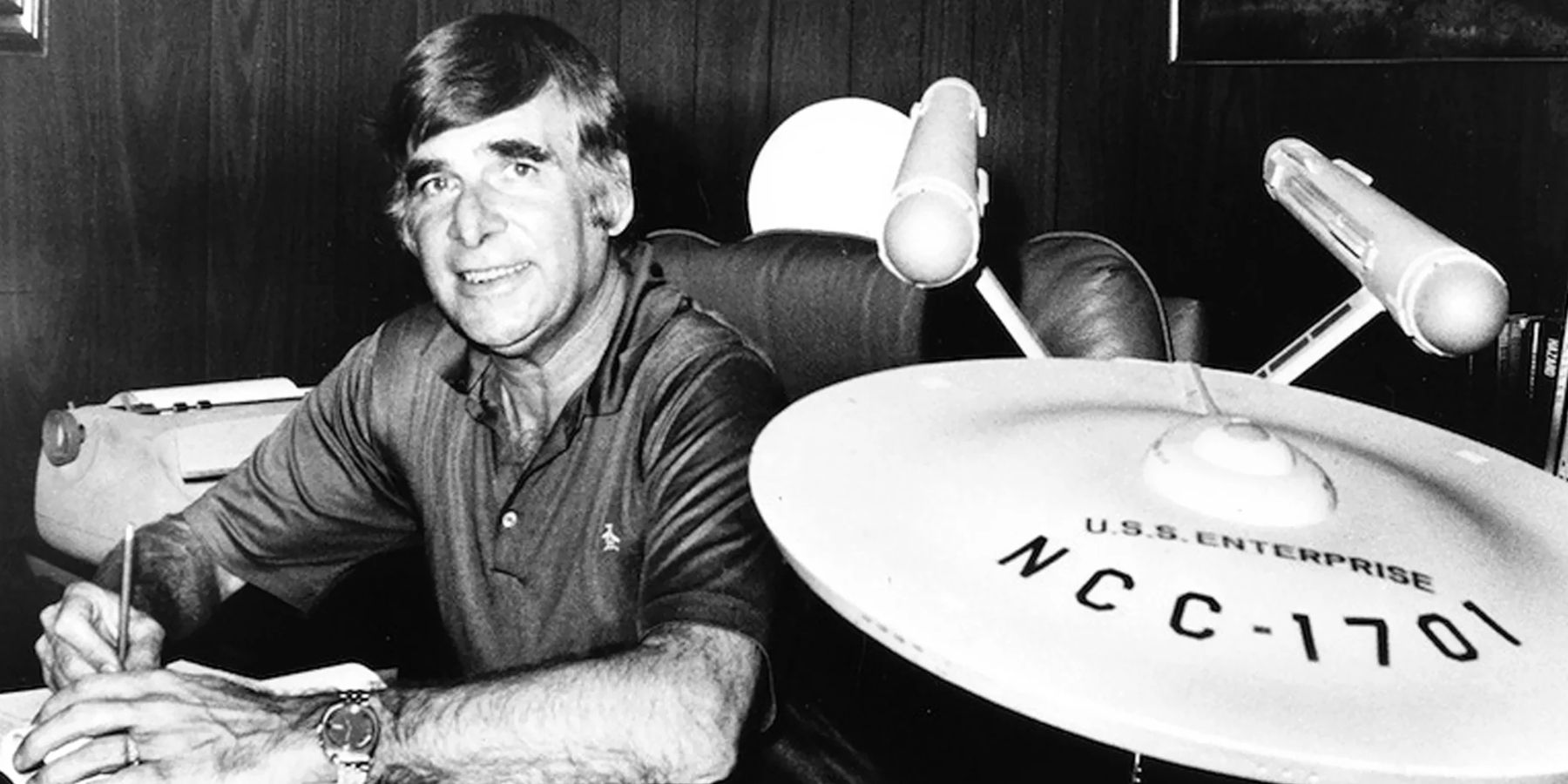
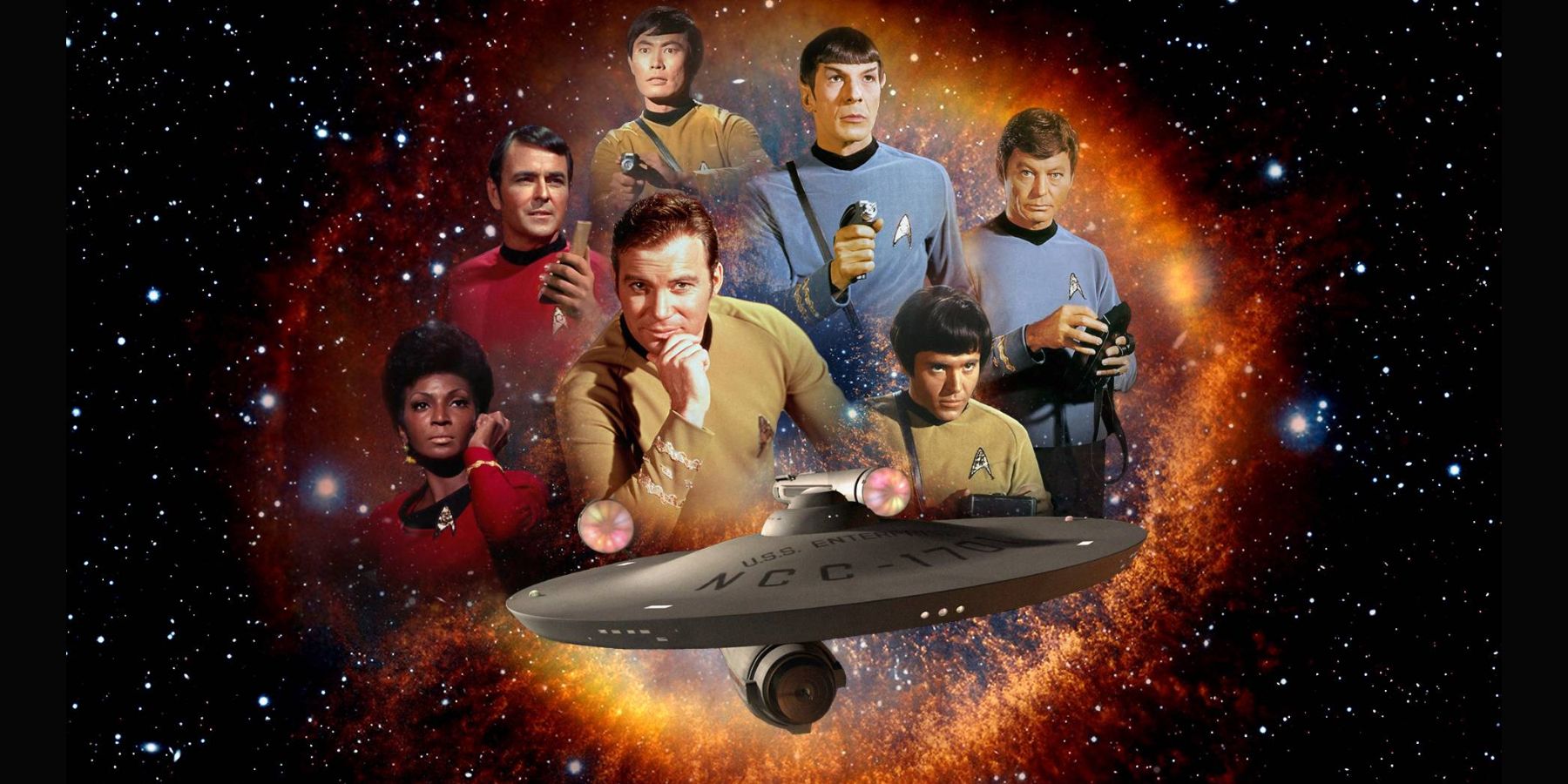
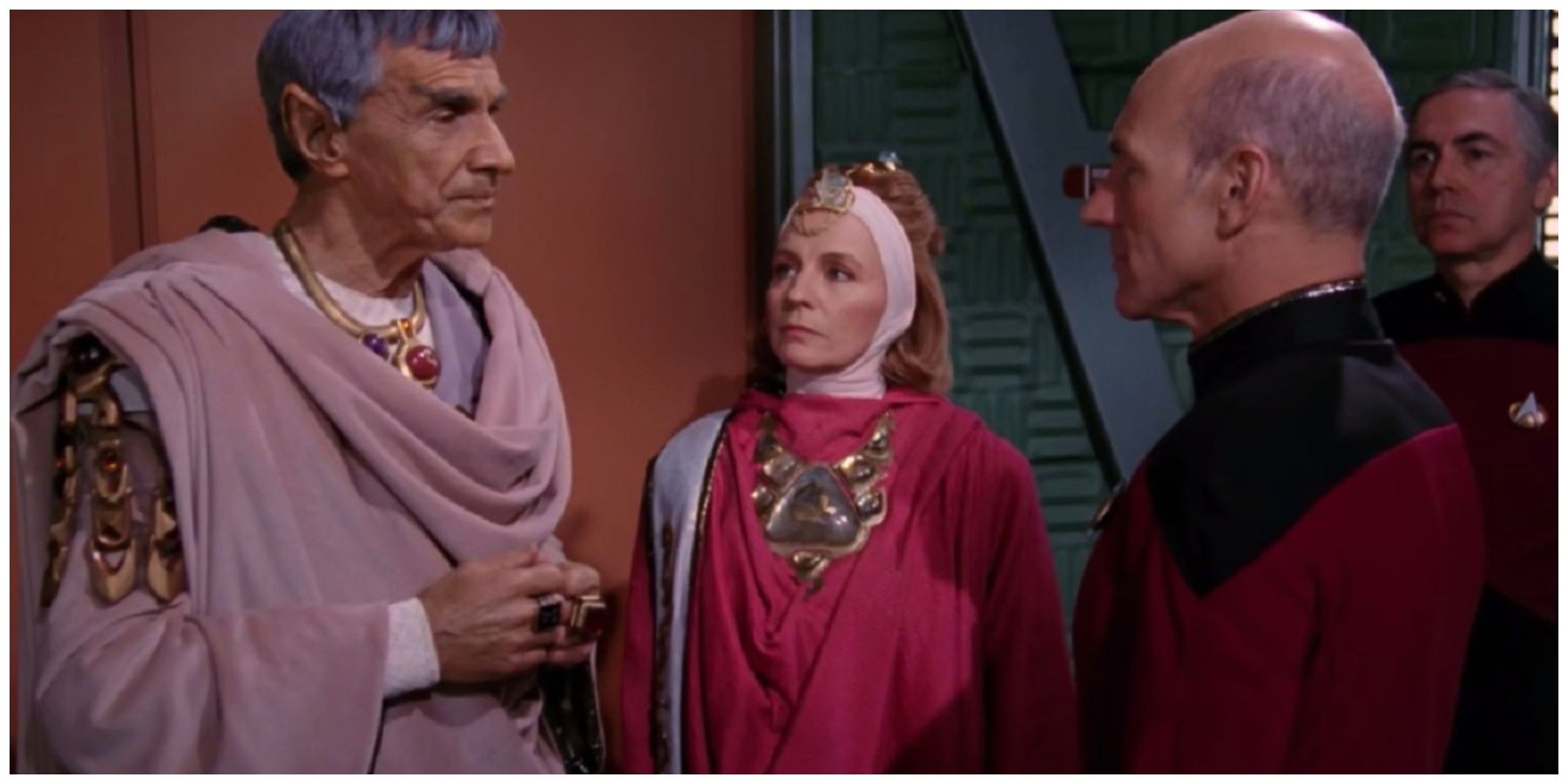
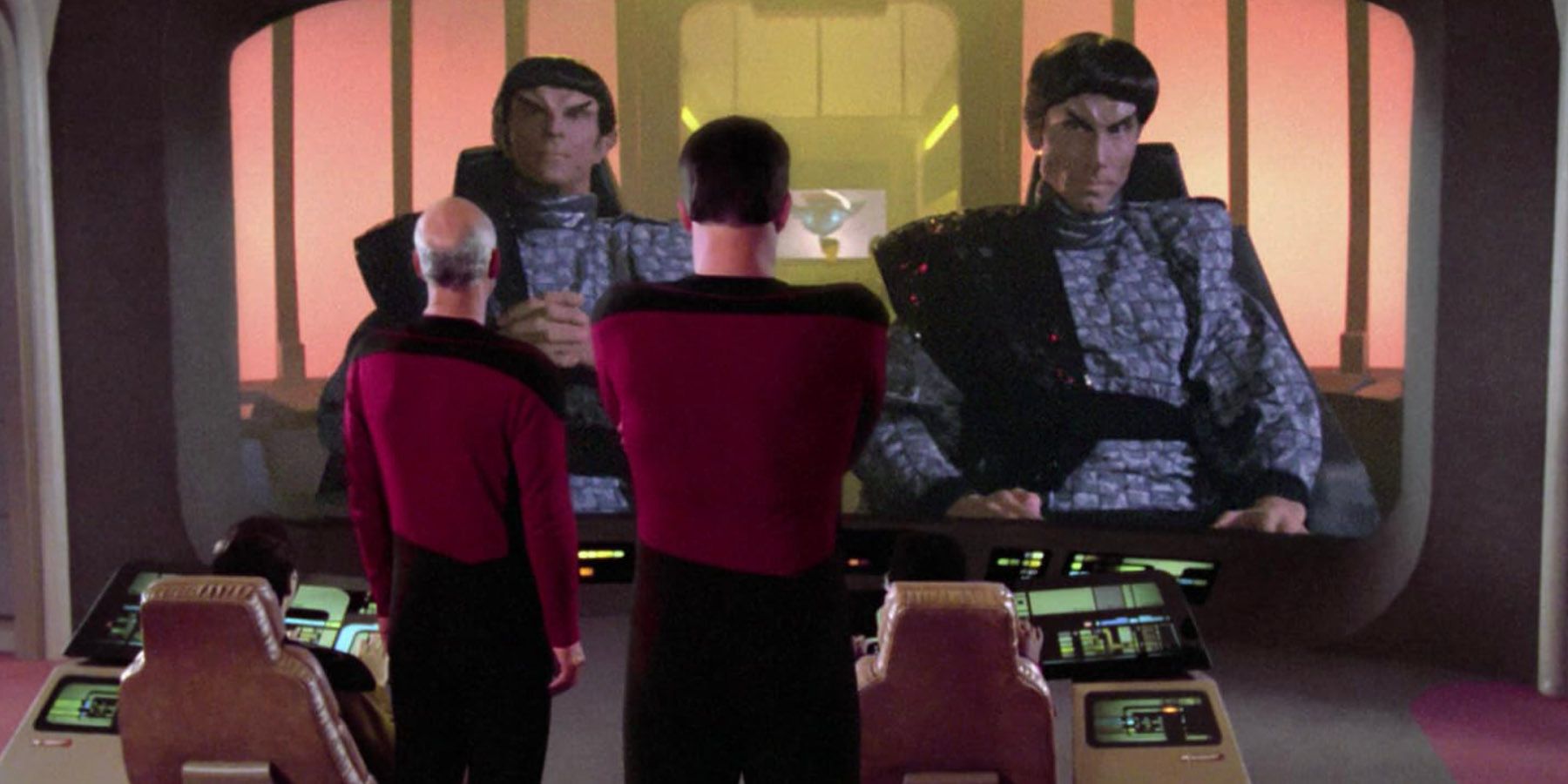
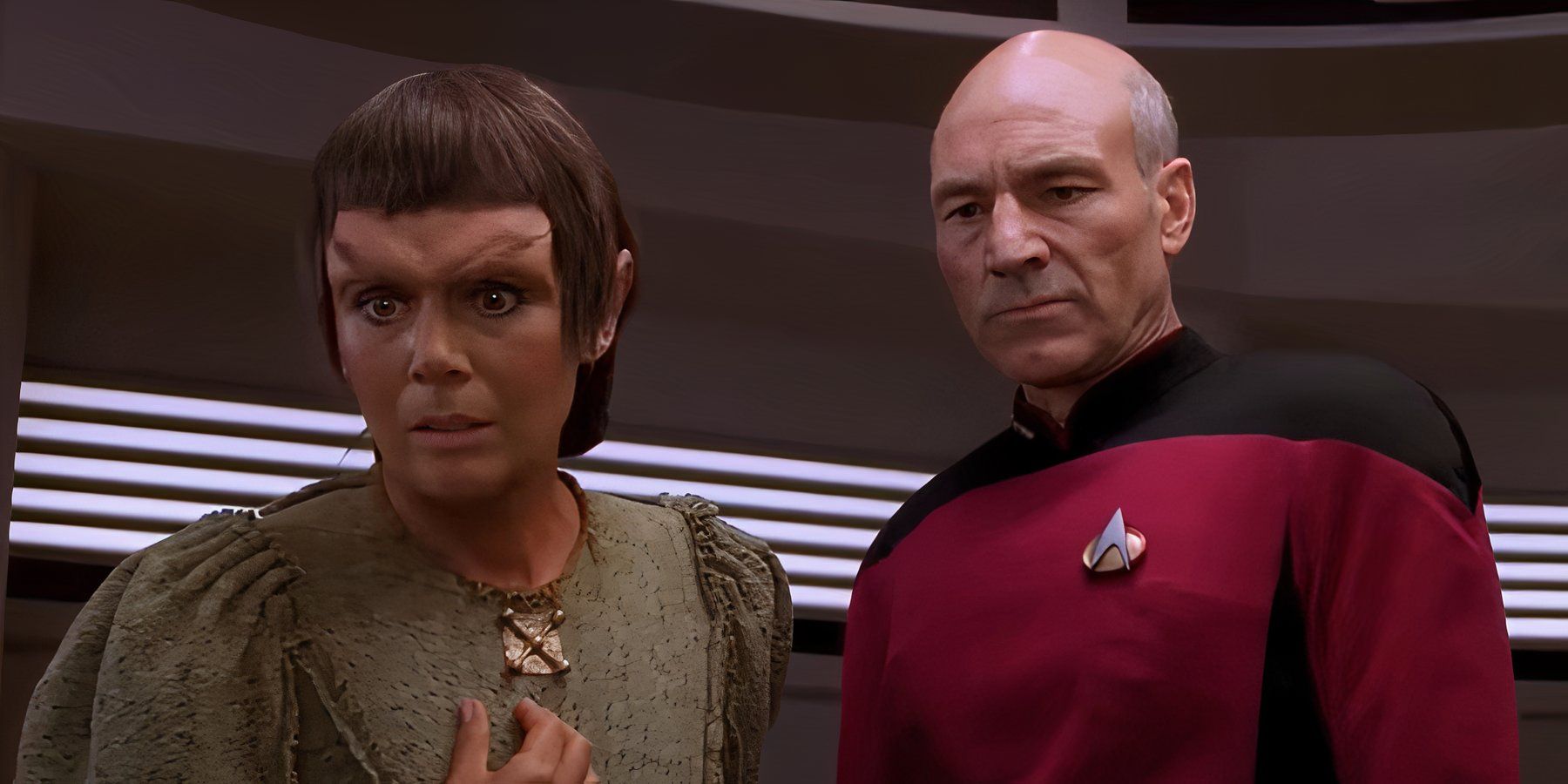



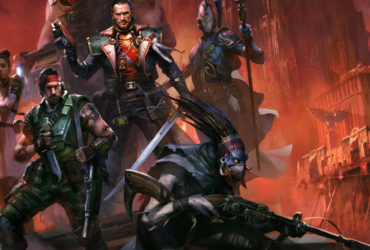
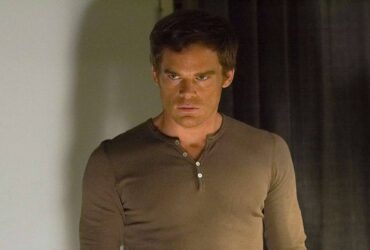


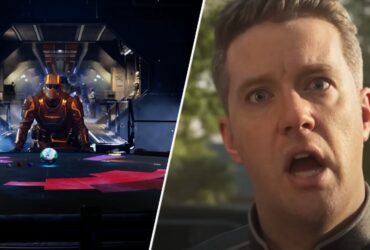

Leave a Reply